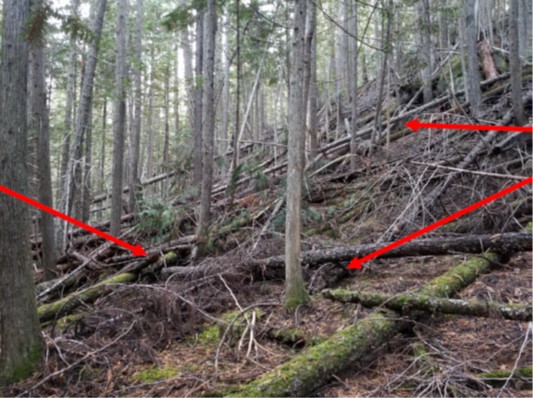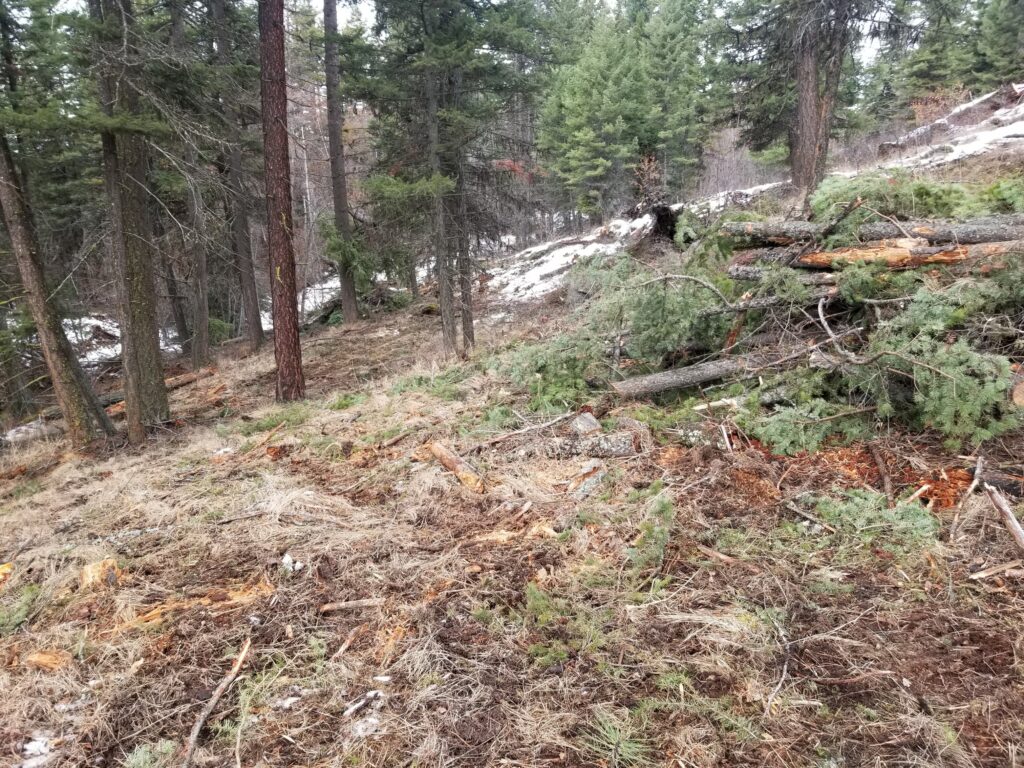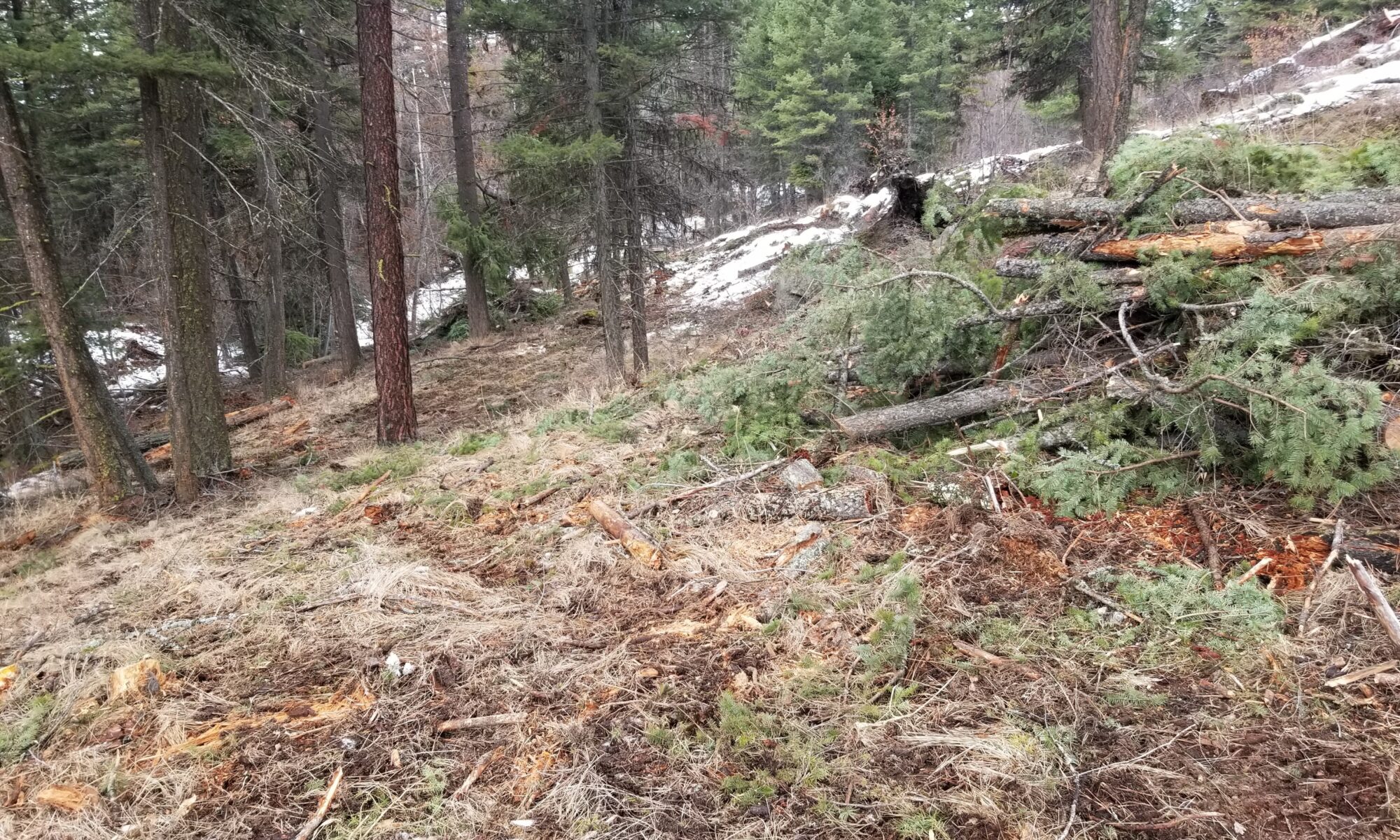Okanagan, B.C.:
In the summer of 2019, four water utility providers in the Okanagan were awarded close to $680,000 in grants from the Forest Enhancement Society of BC (FESBC). The grants supported a collaborative approach to wildfire risk reduction in four major Okanagan watersheds that border one another and are managed by the District of Lake Country, Black Mountain Irrigation District, Glenmore Ellison Improvement District, and the Regional District of North Okanagan.
Work is now underway on the ground to protect several high-priority interface areas of the individual watersheds. Wildfire risk reduction will help better protect the Okanagan basin’s water quality, important wildlife habitat and infrastructure, and create opportunities to enhance the utilization of woody debris left behind after fuel management treatments.
“The funding provided by FESBC was fundamental in bringing together all four water purveyors on the Aberdeen plateau, in collaboration with the Okanagan Shuswap Natural Resource District and Gorman Brothers, to guide the watersheds towards a more fire resilient condition through wildfire risk mitigation planning,” said John Davies, RPF, Frontline Operations Group Ltd.
This analysis started over the summer of 2019, including the completion of mapping of potential fuel breaks – an area where flammable woody material is removed to slow or stop a wildfire – in all watersheds and identifying the highest priority interface fuel breaks.

FESBC funding approval enabled the partners to collaborate on overview planning, leading to efficiencies in key components such as GIS (Geographic Information System) analysis. This overview planning then identified critical priority areas for detailed planning. This planning included developing a wildfire risk reduction prescription, obtaining support from BC Wildfire Services and local Forest Lands & Natural Resource Operations and Rural Development representatives, and groundwork including identifying and confirming the treatment boundaries and unique values to be protected.
Professional fuel management prescriptions were completed for a high-risk interface area in each watershed. Once the planning was complete, the contracts were put out to bid and were awarded to Sage Forestry Ltd. and Loki Tree Service.
“These projects are an opportunity for good-paying jobs allowing companies like mine to keep people working and to reinvest in the industry, while providing much-needed wildfire risk reduction to communities in B.C. at the same time.”
Burke Nesjan, RPF, Sage Forestry
Each area has unique features requiring different approaches. Here is a status update on each project:
District of Lake Country: completed treatment operations adjacent to Beaver Lake Lodge and district water intake of Beaver Lake involving the removal of surface woody debris from approximately 2.5 hectares.
Black Mountain Irrigation District: provided operational treatment recommendations for Gorman Brothers’ operations on Schram Creek slope and completed field survey of proposed fuel break locations above Schram Creek slope.
Glenmore Ellison Improvement District: completed treatment operations within the interface above Postill Lake Road.
Regional District of North Okanagan: completed interface treatment operations adjacent to Blue Nose trail and are currently implementing prescriptions adjacent to private property on Blue Nose Road.
“FESBC is pleased to see the high level of collaboration between Frontline Operations Group and each of the local water purveyors,” said Dave Conly, RPF, Operations Manager, FESBC. “These four significant watersheds provide both drinking water and irrigation water for local communities. We deployed funding to do our best to protect the watersheds from extensive damage which could potentially result from wildfires. We’re pleased to see the overview plans, which set the stage for longer-term work, while addressing some of the highest priority areas with the funding available.”
Work is expected to be completed by the end of summer of 2021 and further updates to media and the community will follow.
“The FESBC funding program has been instrumental in addressing wildfire risk mitigation on Crown land in B.C. at a meaningful scale,” said Davies. “We have gained in leaps and bounds with this important endeavour in the Okanagan Valley through FESBC support.”

For an interview with Frontline Operations Group Ltd.
John Davies, RPF, Wildfire Management Specialist | john@frontlineops.ca | 250.540.3473
For information on/or an interview with FESBC
Aleece Laird, Communications Liaison | communications@fesbc.ca | 250.574.0221

